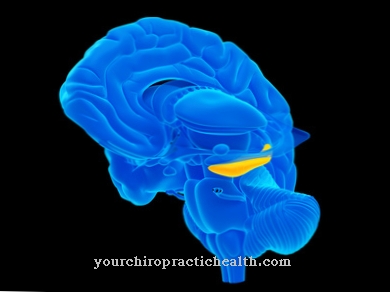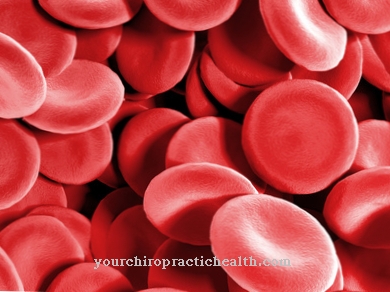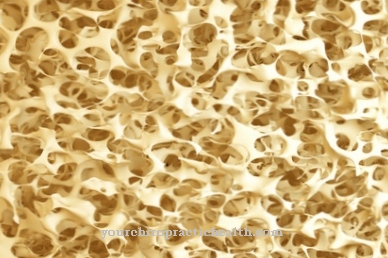The Determination is a step in cell differentiation and thus contributes to the specialization of tissues. The process establishes a development program for subsequent cells and deprives omnipotent cells of the ability to generate different cell types. The more specialized a tissue is, the smaller its regenerative capacity.
What is the determination?

Developmental biology tracks the development of cells and tissues into a more specialized state. During this development, the individual cells of a tissue change many times until they have achieved specialization. Change can take place in different directions and is irreversible.
Differentiation and cell division give a multicellular living being its shape. The entirety of this shaping process is called morphogenesis. The fertilized egg cell is the starting point of morphogenesis. In the course of the differentiation processes, it becomes a complex structure of different cell types and tissue types.
The zygote has totipotency. It is therefore able to develop all cell types in the organism. Cell division creates individual daughter cells from the zygote. These daughter cells specialize in certain roles depending on their parentage. This cell division step goes hand in hand with what is known as determination. The direction of specialization is epigenetically transferred to all subsequent cell generations. The determination therefore determines the development program of subsequent cells.
Function & task
Determination is a step towards differentiation and gives organisms their shape by contributing to the specialization of cells and tissues. This specialization takes place during embryogenesis in order to determine the attachment patterns of cells and tissues. Presumably, the determination is realized through the activation of the respective gene set.
Developmental biology differentiates between stable and unstable determination. A determined cell always maintains its development program. This also applies if it migrates from the original location to another location in the organism or is transplanted there. The potency of a particular cell line is limited further and further by determination. The pluripotent stem cells of the embryo can produce any cell type. Multipotent body stem cells can no longer produce all but only cell types of a tissue. At the end of the determination there are irreversibly differentiated and functional body cells, which often no longer have the ability to divide and only have a limited lifespan.
Determination can take place in different directions. This means that cells can change the determination under certain circumstances. This process is also known as transdetermination. The cells lose their differentiation, so they dedifferentiate. After dedifferentiation, they may be able to differentiate again. The new differentiation is then referred to as transdifferentiation. These phenomena are involved in wound healing and cancer development.
Plants differ from animals in terms of determination and differentiation. They have meristematic cells that specialize in dividing and creating new tissues. Unlike in animals, however, differentiated cells in plants are often not determined or only programmed to a limited extent. Most plant cells thus retain the ability to divide and generate different cell types.
Illnesses & ailments
The more differentiated a certain tissue is, the worse it will recover from damage and injuries. Total regeneration can only take place in tissues capable of cell division. The ability of an injured tissue to regenerate depends on the degree of specialization.
Regeneration can take place completely, incompletely or not at all. With increasing differentiation, the ability to regenerate decreases. In the nerve tissue and in the tissues of the heart, for example, myocardial cells and nerve cells with particularly high specialization occur. These cells can no longer divide. Damage to the heart or the central nervous system therefore only heals the defect.
In contrast, blood cells and epithelial cells are less differentiated. They are permanently re-formed from poorly differentiated cells. In order to achieve better healing results, modern medicine relies on so-called stem cell therapy. This therapy method includes all medical therapy procedures that use stem cells as a central component of treatment. The oldest and best known stem cell therapy is leukemia treatment.
Stem cells can be isolated from both embryonic and adult tissue. Embryonic stem cells are still omnipotent and can therefore differentiate into all tissues. Embryonic stem cells quickly produce large numbers of cells that can insert into any damaged tissue. However, the high rate of division of embryonic stem cells is associated with the risk of tumor diseases. Thus the research of the determination also plays an increased role for the tissue growths in the context of a tumor disease.
The determination is also relevant for considering different malformations or mutations. If the cells available for determination do not cover all development programs, then in the worst case the cells of a certain type of tissue cannot develop. Errors in determination can have serious consequences. However, through the possibility of transdetermination, errors of determination can be corrected to a certain extent. If there is no correction or if the correction is incorrect, then certain tissues may be overdeveloped while others are underdeveloped.
























.jpg)



